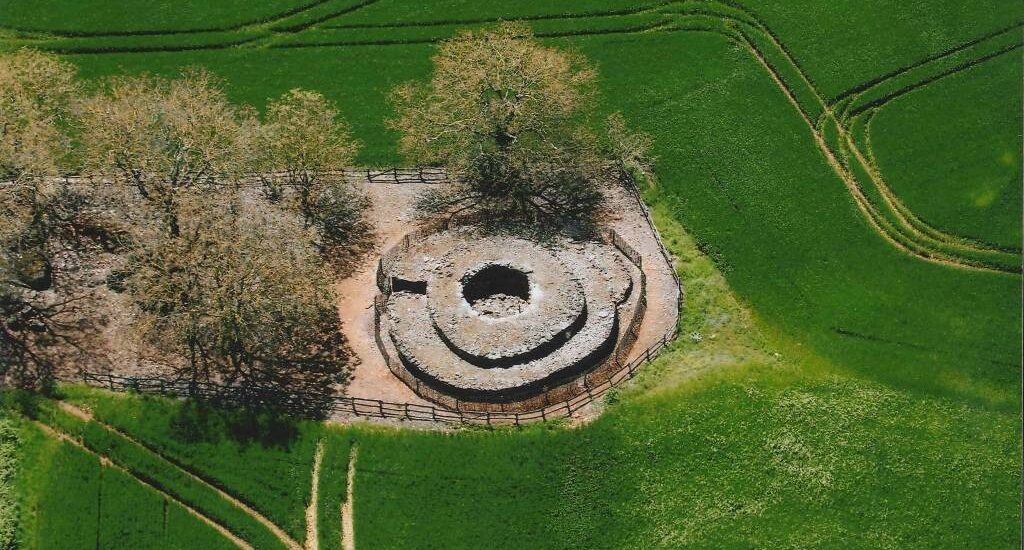Welcome to La Ciste des Cous, a remarkable megalithic site nestled in the open countryside near Bazoges-en-Pareds in the Vendée region of France. This extraordinary site is considered the oldest megalithic monument in the Vendée, dating back to around 4,000 BC during the Neolithic period. As you explore this ancient place, imagine the people who once lived here, leaving behind these stone structures as a testament to their existence.
The site consists of two main structures: a circular burial chamber and a cist grave. The circular chamber, originally used for burial, features a long entrance passage leading to a central enclosure with stone flags on the floor. Although time and vandalism have taken their toll, this structure once boasted a domed roof formed by dry-stone walling. Its appearance is somewhat reminiscent of the famous Newgrange passage tomb in Ireland, albeit on a smaller scale.
Adjacent to the circular chamber is the cist grave, surrounded by a wooden fence today. This rectangular monument is marked by three large standing stones at the head of the grave and several recumbent stones at the sides. Archaeological excavations conducted in 1913 uncovered up to 100 skeletons and numerous grave goods, providing a glimpse into the burial practices of our Neolithic ancestors.
La Ciste des Cous is not just a site of ancient human activity but also a testament to the changing landscape over millennia. Its location on a limestone plateau at the confluence of two rivers might have made it a strategic and symbolic place for the early communities of the region. Over time, the site has become part of the tapestry of history, revealing stories of human evolution, migration, and settlement.
As you stand among these stones, consider the broader historical context of the Neolithic period—a time when humans were transitioning from nomadic hunter-gatherers to settled agriculturalists. This transformation laid the foundations for modern civilization, and sites like La Ciste des Cous offer valuable insights into this pivotal era in human history.





